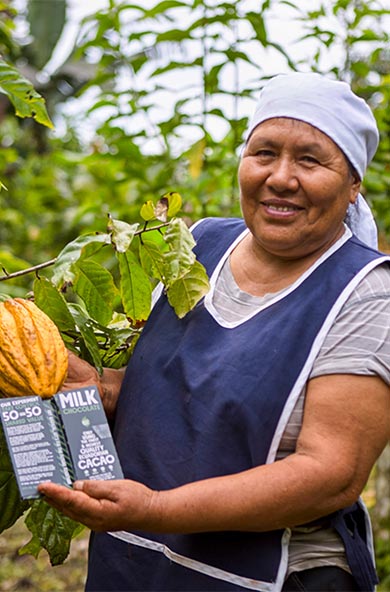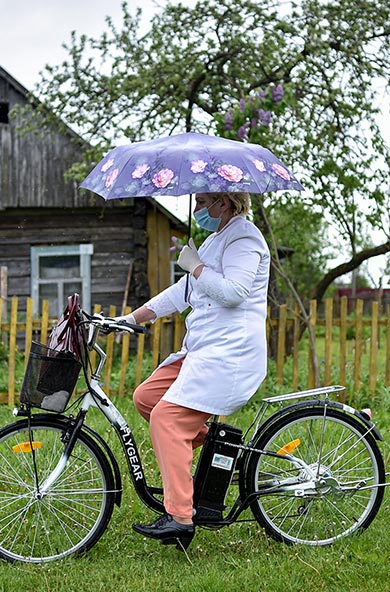Recently the world was shaken up by the news of a second patient being ‘cured’ of HIV. On the surface, at least, it was big news: a possible cure to one of the deadliest epidemics of the past century.
While the media was falling all over themselves to report this scientific feat, the scientists were more cautious. Ravindra Gupta, the professor who co-led a team of doctors treating the now famous London Patient’, referred to him as ‘being in remission,’ saying it was too early to know if he was cured.
There’s a big difference. A cure means that the HIV virus is removed from the body--an eradication cure. Being in remission means that the virus is under control in the body and undetectable, but maybe not forever–a functional cure.
The HIV virus in the London Patient is still undetectable despite him having stopped treatment 18 months ago. There is one other patient that was declared cured, who has now been HIV-free for 12 years.
This news represents a scientific breakthrough. Still, we should be careful not to give false hope to the 36.9 million people living with HIV worldwide. The treatment received by the two men, a bone marrow transplant, is a risky, expensive procedure, and a treatment of last resort. It can’t be performed on a large scale.
Instead, let’s use this news cycle to focus attention on some of the remaining big challenges, as well as other new scientific developments in the HIV response.
First, the bad news. Inequities in HIV prevention and treatment services are rampant. Some 15.2 million people still do not have lifesaving treatment. Pre-Exposure Prophylaxis (PrEP) is available to only a limited number of people, mainly in high-income countries. A whopping 47 percent of all new HIV infections in 2017 occurred in people at highest risk — gay men and other men who have sex with men, sex workers, transgender people, people who inject drugs, and prisoners — and their sexual partners. There’s not enough money for the HIV response, and stigma, discrimination, and bad laws and policies are blocking HIV services for the people who need them most.
However, there is other exciting news on HIV that you probably won’t see in the big daily papers. It’s not as ‘sexy’ as a cure, but it’s important. Also coming out of the Conference on Retroviruses and Opportunistic Infections this week were the results from the HPTN 071 (PopART) trial. The study showed a 30 percent decline in new HIV infections in communities with door-to-door HIV testing and referring those who tested positive for HIV to care and treatment.
We should also continue to embrace the potential of treatment as prevention. The science is clear: undetectable = untransmissible (U=U). When someone is living with HIV and virally suppressed, they cannot transmit the virus to others.
The Sustainable Development Goals include a target to end AIDS by 2030. In the absence of a cure, we should focus our efforts on eliminating HIV through better prevention and increasing access to treatment. This must include concrete action to address stigma, discrimination and efforts to change bad laws making sure people come forward for HIV services.
Optimism remains important. Being diagnosed with HIV is not a death sentence anymore. People living with HIV have nearly the same life expectancy as their HIV-negative peers. But let’s not raise false hopes with clickbait headlines. While we continue our search for a cure, let’s continue the difficult but important task to scale up HIV prevention and treatment, ensure universal health coverage and leave no one behind.

 Locations
Locations




















